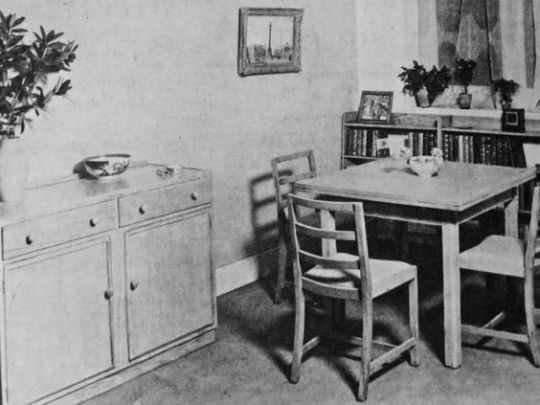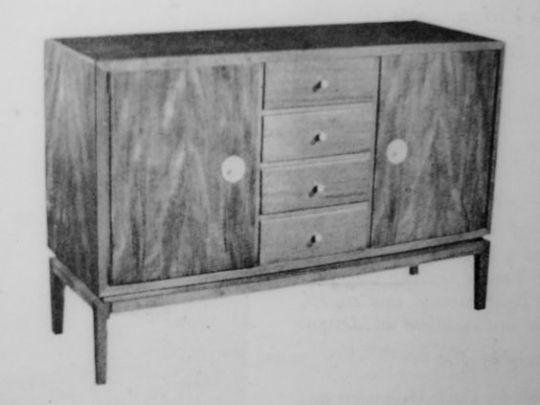In 1937 Eric Ravilious did something radical for him, he designed a chair. For a watercolour artist to doodle out a design like this, I think was rather brave. The job came as a commision from his friend Cecilia Dunbar Kilburn who ran the shop Dunbar Hay Ltd. Cecilia and Ravilious were pupils at the Royal College of Art at the same time.
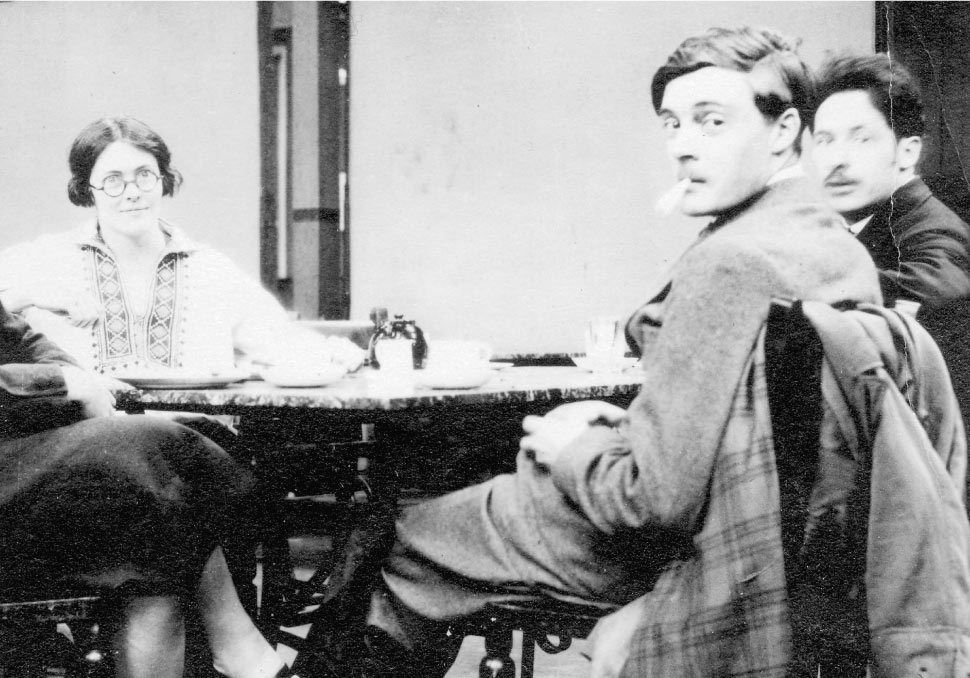
Design wasn’t unusual for Ravilious, he had done a lot of china designs for Wedgwood and some glassware for Stuart Crystal. However, whenever I have tried to find information on the maker of the chair below I have always hit a wall. The best way was to ask someone on Instagram who collected Kelly’s Guides and other business directories.
Before this the only information to be found in any book or in the V&A archive was that the chair was made by H.Harris.
It might not look to be important but you never know what links come from this information and it could in time help to find out production numbers, if any other designs were made or rejected, any surplus stock and on…
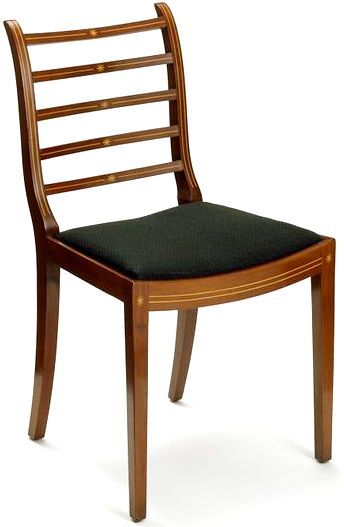
Eric Ravilious Designed Chair as part of a table set sold at Dunbar Hay, 1937
This armchair forms part of a dining suite, the only known furniture designed by Eric Ravilious. He was an artist and illustrator whose paintings included murals for interiors. The chair was commissioned for a new furnishing shop founded by Cecilia Dunbar Kilburn and Athole Hay. Four dining sets with variations were made.
In the 1930s there were still many enemies of the square and sometimes harsh shapes of modernism. Many designers and patrons preferred furniture that had links with the past. This chair is in keeping with the popular Regency revival style of the 1930s. The lines are recognisably those of the English Regency style (about 1810–30), but they are simplified to correspond to 1930s taste. †
The person on Instagram was David Wakefield, a typographer and designer with an amazing collection of books on printmaking and ephemera. It was with his help alone I can tell you now that H. Harris was Hyman Harris.
In 1911, Hyman Harris was recorded at 3 Grimsby Street, Bethnal Green. At that time, advertised as a wood chimney-piece manufacturer with Williamson & Harris at Guy’s Buildings and 85 Kingsland Road.
By 1931, he is H Harris & Sons Ltd, at 18 Gosset Street and 17 & 25 Newling Street, Bethnal Green, still recorded as chimney-piece manufacturer. However, by 1944, or earlier after 1931, he is H Harris & Sons (Furniture) Ltd, Who. cabinet makers, Grimsby Street, E2. ‡
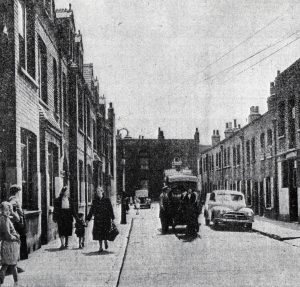
Newling Street, Bethnal Green
The business continued until 1968.
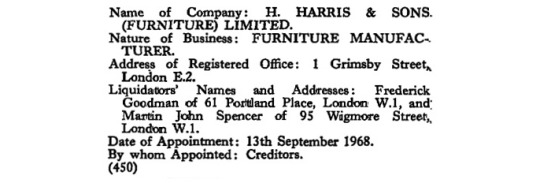
It looks like the Ravilious Chairs were not manufactured beyond a prototype and now belong to the step-sister of John Aldridge. If you want to find out what a cad Cecilia’s husband was, you can read about it here.
† V&A Archive CIRC.265&A-1948
‡ c/o D.Wakefield
